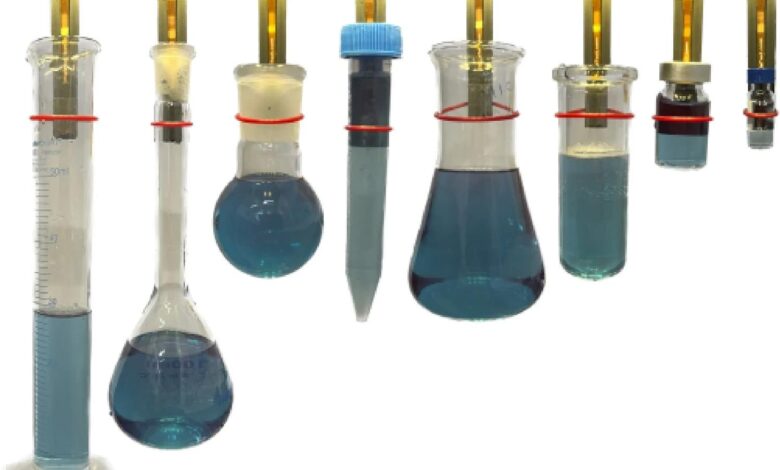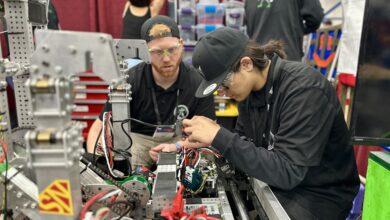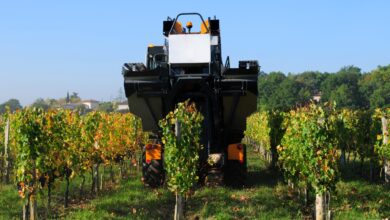Cable Loop Gripper for Robotic Automation in Chemistry Labs

In a recent article published in the journal Scientific Reports, researchers from the UK introduced an innovative gripper called cable loop gripper (CLG) capable of efficiently gripping objects of varying shapes and sizes with minimal clearance required. The CLG utilizes a flexible cable loop mechanism to adjust its diameter and securely envelop target objects. The research demonstrates that the new gripper has potential in robotic automation for conducting chemistry experiments.
Background
Robotic automation is becoming increasingly important in the modern chemistry laboratory, as it can increase the reliability and throughput of experimentation and produce more data to improve the artificial intelligence models that can explore the chemical space and plan syntheses.
However, one of the main challenges of implementing robotic systems in chemistry is the manipulation of laboratory supplies and equipment, which often vary in size, shape, and orientation. Therefore, there is a need for versatile and adaptable grippers that can handle different types of objects without requiring extensive customization or reconfiguration.
Many existing grippers utilized in chemistry automation follow the principles of industrial automation, employing parallel jaw grippers equipped with custom-designed fingers and fixtures for handling supplies. However, this conventional approach is costly, inflexible, and challenging.
For example, adapting to different vessel types often necessitates redesigning the fingers and fixtures, adding complexity and time to the process. Additionally, parallel jaw grippers typically demand significant clearance between objects, constraining their efficiency and versatility in various applications.
About the Research
In this paper, The authors proposed CLG that effectively exploits the inherent flexibility of a cable to fully enclose the target object. In this approach, the cable is guided through a rigid finger, enabling the loop to encircle objects with minimal clearance and offer support upon completion of the grip. This gripper design minimizes the control effort needed to execute grasping tasks, as it simply adjusts the size of the cable loop based on the object’s diameter and the required grasping force.
The study developed and assembled a prototype of the CLG tailored for chemistry automation tasks. This prototype exhibited remarkably high grasp reliability, with grasp failures accounting for less than or equal to 1%. The prototype comprises several key components, including a 1.75 mm diameter thermoplastic polyurethane (TPU) filament serving as the cable, a 15 mm wide finger equipped with a channel for the cable and a capacitive force sensor, and a control box featuring a geared direct current (DC) motor, a rotary encoder, a camera, a servomotor control board, and a Raspberry Pi single-board computer. The prototype can be paired with a robotic arm to carry out pick and place operations of chemistry glassware.
Additionally, the researchers developed a software package to control gripper operations, employing the robot operating system (ROS) middleware framework. This software incorporates a vision module tasked to collect information about the cable and the target object using the camera mounted to the gripper body. Notably, the vision module provides information regarding the relative distance between the loop’s center and the object’s center on the image plane, facilitating precise vertical placement of the loop on the top of the object.
Furthermore, the software uses a force sensor and a rotary encoder to regulate both the loop size and gripping strength through two distinct proportional-integral (PI) control loops. This comprehensive software integration enhances the gripper’s functionality by enabling real-time adjustments based on feedback from various sensors, thereby optimizing performance and ensuring reliable grasping of objects in diverse scenarios.
Research Findings
During testing in simulated chemistry lab environments, the prototype demonstrated its capability to handle vials of varying diameters and weights. With a failure rate of 0.8%, all failures occurred during grasping, with no instances of vial loss during movement. Each manipulation task was completed in approximately 8 seconds, a speed comparable to human performance.
Moreover, the prototype exhibited robust performance despite variations in the target’s position, tolerating deviations of up to ±15 mm from the expected target position. The researchers highlighted the device’s commendable compliance and error recovery capabilities. Throughout the pickup and deposition phases, the cable loop could deform and adapt, facilitating successful grasping and recovery from positional errors without dropping the vial.
These results underscored the effectiveness of the prototype in simulated lab environments, showcasing its reliability, speed, and adaptability to variations in target positions. Such performance attributes position the gripper as a promising tool for automation tasks in chemistry labs, offering potential improvements in efficiency and precision compared to manual operations.
Conclusion
In summary, the novel gripper demonstrated its efficacy in manipulating test vials within chemistry lab settings, irrespective of size or storage density in trays. Its adaptability extends to other environments requiring precise grasping of prismatic objects, such as agricultural or logistics automation.
The researchers also highlighted the potential integration of CLG into a finger of a parallel jaw gripper, enhancing versatility and enabling manipulation of large trays or objects with intricate shapes. They recommended further improving the design and control of the mechanism as well as testing it in more realistic scenarios and with different types of objects.
Journal Reference
Manes, L., Fichera, S., Fakhruldeen, H. et al. A soft cable loop based gripper for robotic automation of chemistry. Sci Rep 14, 8899 (2024). https://doi.org/10.1038/s41598-024-59372-1, https://www.nature.com/articles/s41598-024-59372-1



